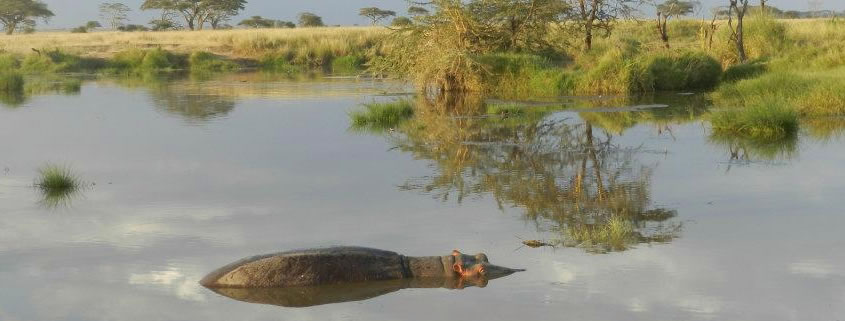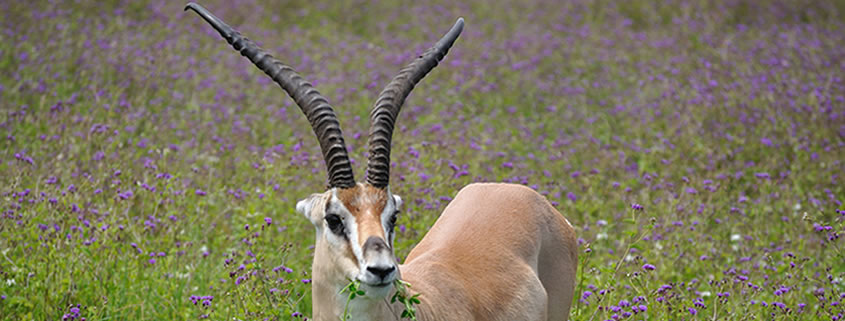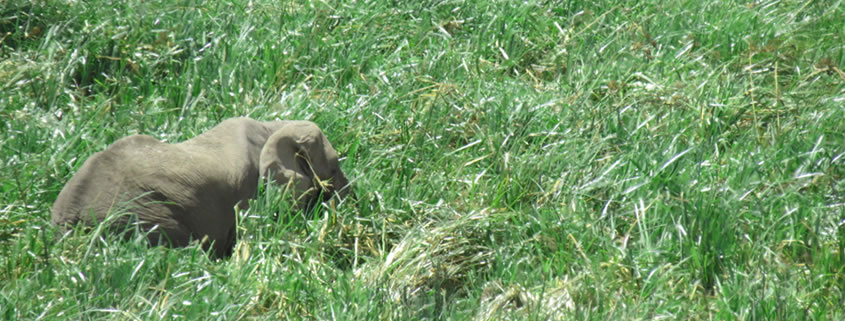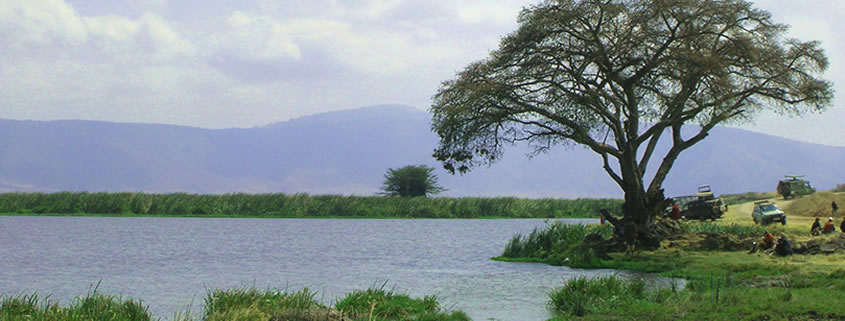With 25,000 animal species, there is more than enough to be seen in the Ngorongoro Crater area.
Gnu, zebra, buffalo, warthogs, hyenas, hippos, baboons, dik dik, reedbucks, and buskbucks live in the crater. Wildebeest, lions, and leopards are also present.
Vibrant birdlife passes through the crater, many en route to other locations. Flamingos, white storks, and swallows are popular from November to May. Verreaux’s Eagle, buzzards, and other predatory and scavenger birds are some of the larger birdlife in Ngorongoro crater.
The black rhinoceros can only be found in Ngorongoro Crater. Arrive early during sunrise hours to catch the elusive black rhinoceros amongst the yellow acacia tree forest.
Walking Safaris through Empakai Crater
A unique ‘O’ shaped crater contains a circular lake formed by volcanic activity. The only way to enter is through a walking safari where you will see an untouched habitat. On foot you will walk among wildlife from buffalo, leopards, antelope, and flamingo.
Explore Olmoti Crater
The crater was created through water erosion, and at one end a beautiful cascading waterfall is indicative of its origins. Journey on foot through a natural microcosm.






